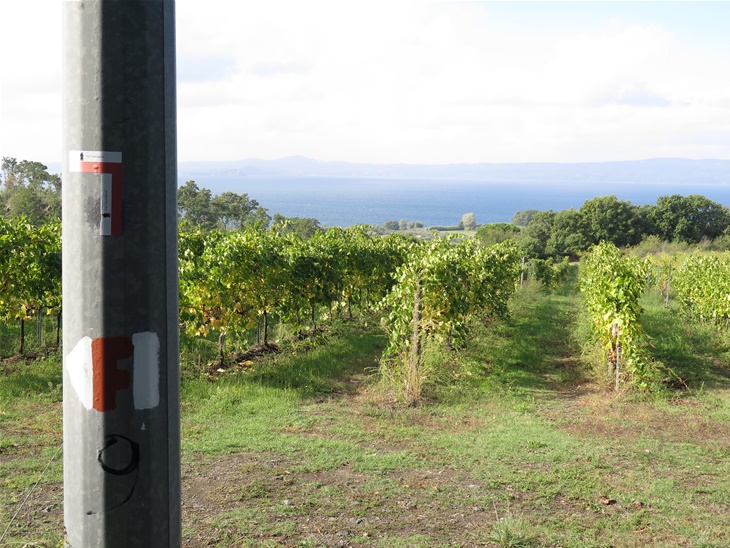Via Francigena - Facts:
- The Via Francigena covers 1900km / 1190 miles from Canterbury to Rome.
- This follows the path taken by Sigeric, Archbishop of Canterbury who travelled to Rome in 990 to meet Pop John XV and receive his investiture pallium.
- The 79 stages recorded in Sigeric's diary of his journey back to Canterbury have made it possible to retrace the key stops on this.
- It will take approximately 3 months to walk the full length of the Via Francigena, the Camino to Rome all the way from Canterbury. It should take a month and a half to cycle the route.
- The journey to Rome will end at the Vatican.
- The Via Francigena or Camino to Rome crosses four countries: UK, France, Switzerland and Italy, through areas of spectacular beauty and historic interest.
- The section of the Via Francigena in Tuscany, from Lucca to Siena, is one of the most popular and spectacular stretches of the Via Francigena, the Camino to Rome.
- The Via Francigena route is a Council of Europe European Cultural Itinerary since 1944 and Major Cultural Route since 2004.
- Once in Rome, you can request your Testimonium, certificate of pilgrimage to Rome.
- To obtain the 'Testimonium' or certificate or completion to Rome, you must walk at least the last 100km of the Via Francigena - from Viterbo to Rome.
- The Testimonium is issued at the rectory in St Peters's Basilica.
- Numbers for the Via Francigena are difficult to come by and much lower than on the Camino. 2500 pilgrims walked or cycled the Via Francigena in 2012 (source: Cicerone Guides).
- The Via Francigena route is a much quiter and less commercialised pilgrimage - perhaps a more authentic experience.
- The red arrows and little black pilgrim signs mark the way to Rome.





